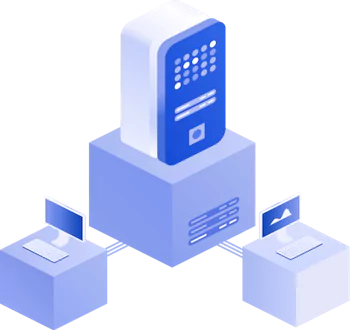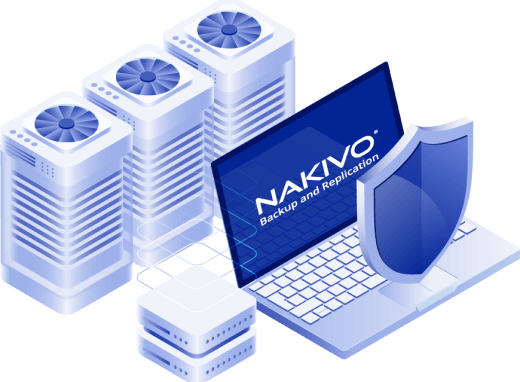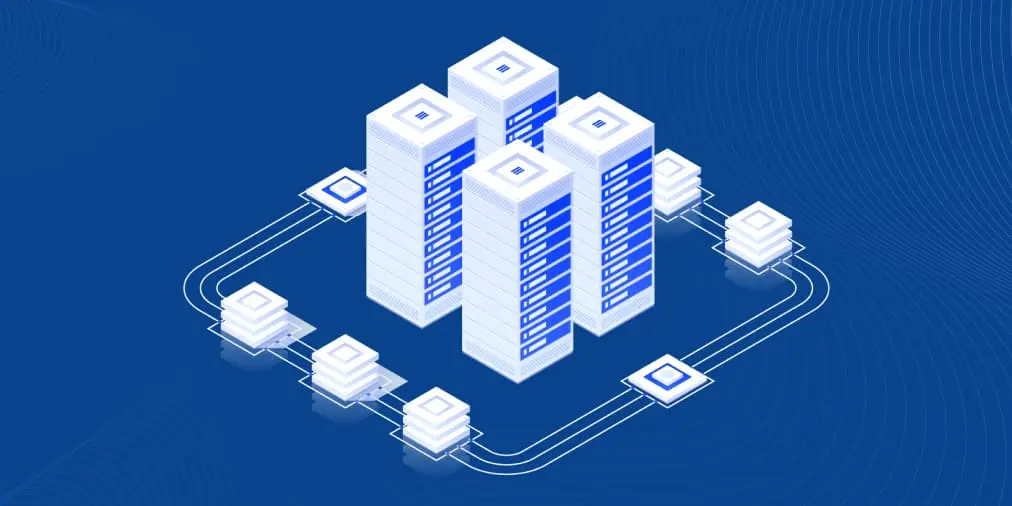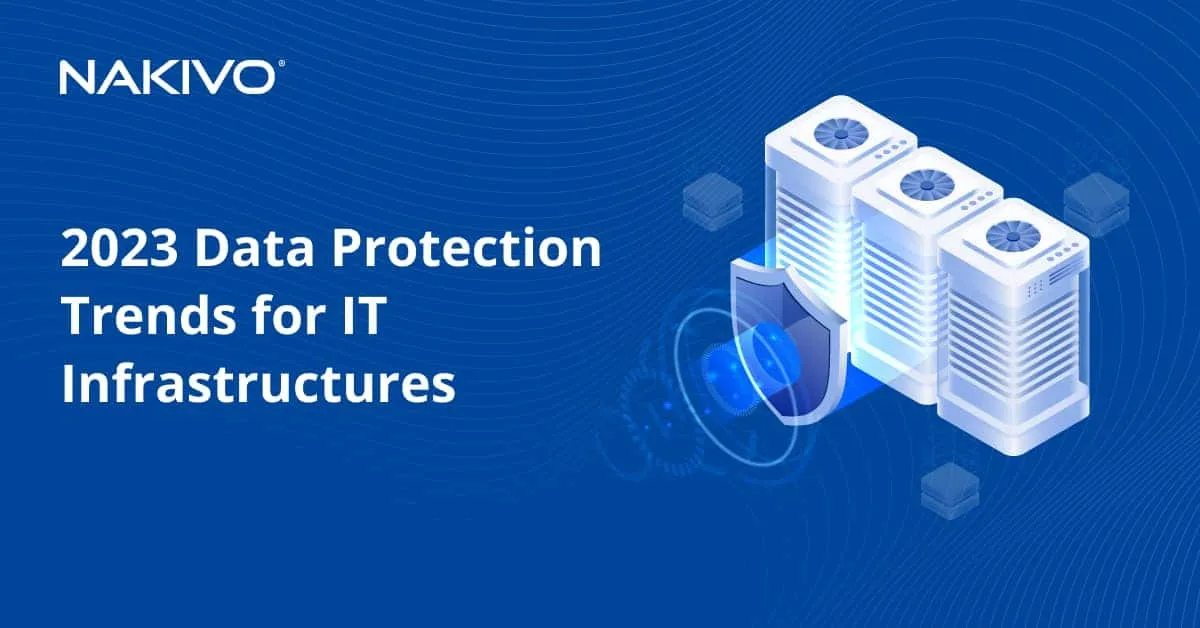What is RMM? Definition, Functions, and Benefits Explained
Remote Monitoring and Management (RMM) is the set of processes implemented to remotely track IT environments and introduce the required changes in a timely manner. Mostly, managed service providers (MSPs) can benefit from RMM.
To implement RMM, an MSP installs the appropriate agents inside a client environment. Those agents subsequently collect the required system status data from servers, workstations, mobile devices, routers, and other nodes. An MSP processes this data to control system health, maintain performance, and plan upgrades, updates, and scaling. Also, an MSP that is informed about the current state of an environment can introduce fixes remotely to solve issues proactively.
RMM Services History
Before the development of networks and RMM tools, IT services were based on offline interaction between an organization and a provider. In the past, whenever an IT-related breakage or malfunction occurred, a client called in a specialist to arrive at the site, access a node, and solve the issue. Normally, that specialist had to check the system logs according to the specific checklists for every environment or machine. However, getting in-depth information about the current status and health of an organization’s hardware and networks was a problem.
Things changed in the early 1990s when the Simple Network Management Protocol (SNMP) enabled the broad use of network management instruments. Although these systems could send the data back to IT specialists, they were complex and challenging to manage. Additionally, the overall cost of such remote monitoring tools was high. Only large enterprises with ramified networks could benefit from them.
MSPs back then invested in the development of proprietary infrastructures and network centers. Remote IT management remained too expensive for SMBs and providers. In the mid-2000s, however, the situation started to change. Further development and improvement of IT technologies overall, particularly networks, made managed services accessible to smaller organizations. This was the beginning of remote monitoring and management services as the industry knows them today. The current development level of RMM solutions enables MSPs to serve not only enterprises but SMB organizations at reasonable prices.
RMM Software Functions
Looking at remote management and monitoring in detail, you can distinguish the following functions:
- Collecting data about client systems: hardware, storage, software, network, among others
- System load and activity reporting
- Issue notification for faster troubleshooting
- Device health and network quality tracking
- Simultaneous monitoring of multiple environments
- Maintenance scheduling and automation
- Timely data backup, backup management, and swift recovery
- Cybersecurity and anti-ransomware scanning
The set of RMM tools implemented to complete the mentioned tasks can give MSPs additional time and resources to provide core IT services and interact with clients. Permanent monitoring improves decision-making and enables more efficient management. Moreover, managed service providers can use the RMM monitoring data to consult clients about IT system state, improvement, and scaling. This can have a positive impact on the convenience, stability and revenue of client workflows.
Benefits of Remote Monitoring and Management Software
With RMM for MSPs implemented correctly in a particular environment, IT providers can complete their workflows more effectively. Additional effectiveness means additional profits.
The list of especially valuable RMM benefits for MSPs includes:
- Advanced centralized control and transparency: As clients can be located worldwide, a centralized console enables MSPs to control distributed environments and disregard geographical limitations.
- Efficient and convenient management of IT workflows: You can integrate modern remote management and monitoring solutions with other software for additional versatility and service quality. MSPs that add, for example, access management, endpoint security, automated data backup, recovery, and disaster recovery (DR) functions to their package can become more attractive for current and potential clients. An additional competitive advantage comes from centralized RMM dashboards that save the effort and time of IT teams servicing infrastructures.
- Scalability due to in-depth automation and customization: With modern RMM tools’ automation levels, MSP teams can create in-depth custom workflows to satisfy the requirements of their clients. Additionally, automation reduces maintenance timings. Service experts then can increase performance and serve more clients.
- Proactivity instead of reactivity: By implementing RMM solutions, an organization can stay aware of the current environment state, plan hardware upgrades, software updates, and scale up and out. Increased awareness enables remote IT management providers to focus on trouble prevention instead of solving issues after they happen. This proactivity and continuous support are among the main reasons for MSPs to dominate over legacy break/fix services.
Remote Monitoring and Management Features in NAKIVO Backup & Replication
NAKIVO Backup & Replication is the all-in-one data backup, recovery, and replication solution for physical, virtual, cloud, and hybrid environments and SaaS. With the web-based interface, advanced automation, reliable security, access control, monitoring, and notification functionalities, the solution can serve as an efficient RMM tool for SMBs, enterprise organizations, and MSPs.
The list of features that make NAKIVO Backup & Replication a suitable data protection tool to be used in addition to an RMM solution includes the following:
MSP Console. This feature brings a complete set of tools to provide your client base with powerful backup and disaster recovery services. You can protect client environments with streamlined and deeply customized workflows delivering efficiency, reliability, and cost savings. Use this built-in MSP dashboard to conveniently manage client environments from a centralized web-based interface.

Direct Connect. MSPs can access the remote resources of their clients without establishing VPN connections. The connection that goes via a secure port channel ensures safe access and protection of items in remote environments. Data transfers between the source and remote locations remain encrypted. You can also configure multiple simultaneous connections with a Proxy Transporter installed on the client’s site.

Tenant Resource Allocation. You can dynamically manage and redistribute resources allocated to clients (tenants) inside your data protection infrastructure. Allocate hosts, clusters, virtual machines, and backup repositories to tenants according to their requirements.
Moreover, NAKIVO Backup & Replication provides monitoring and reporting tools not only for managed service providers but also for administrators using a traditional single-tenant deployment model.
VMware vSphere infrastructure monitoring. Administrators can enable monitoring for VMware virtual machines and datastores on ESXi hosts added to the NAKIVO inventory. Adding VMware items for monitoring can be done by going to Monitoring > Add monitoring items.

A convenient monitoring dashboard. Administrators can monitor the status of VMware VMs and datastores in the web interface of the NAKIVO solution in the Monitoring section. Circle indicators display VM CPU load, memory load, and disk usage after you select a VM. You can see the dynamics of how the parameters are changed over time by viewing the graphs. This feature is available to MSPs when they drill down into a tenant’s environment.
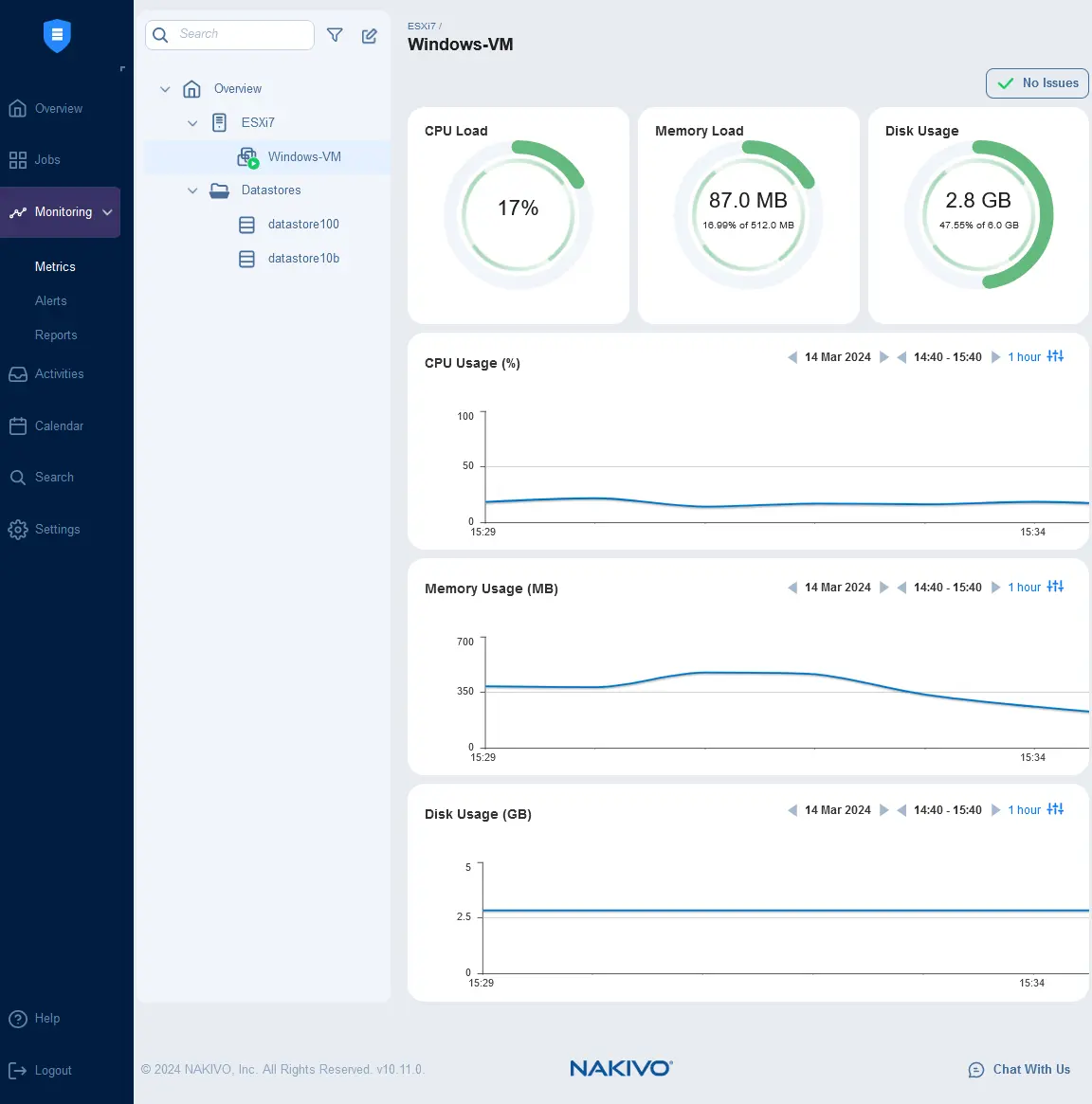
Similarly, administrators can monitor a datastore status and the status overview of all monitored items by selecting the Overview item in Monitoring > Metrics.
Automated reports about VM backup testing. The NAKIVO solution can test VMware VM backups after a backup job is finished and send a report with a screenshot of the guest operating system user interface captured after booting a VM or error status if backup verification fails.
Administrators can configure VM verification at the Options (4) step of a VMware VM backup job wizard by selecting VM verification options and selecting a checkbox to send job run reports to a defined email address.

Email notifications and automatic reports. NAKIVO Backup & Replication can send email notifications in case of alarm (error) and warning events occur. It allows administrators to notice an issue and respond quickly. Notifications and reports can be configured in Settings > General > Notifications & Reports. Multiple email notification recipients can be added. There are options to configure email notification frequency in the Email Notifications tab.

In the Automatic Reports tab, administrators can configure non-scheduled job reports and scheduled reports, including failed item protection information and overview reports. There are convenient scheduling options and the ability to attach a report to an email as a PDF file.

It is also possible to download an overview report, recovery points repost and protection coverage report manually in Jobs > + (add a new job) > Monitoring Report. A report can be downloaded in PDF or CSV format.

Administrators can add the needed reports in Monitoring > Reports and define the email addresses of report recipients.

Alert templates. Administrators can configure alert templates in the NAKIVO solution for effective remote monitoring and management. These settings are available in Monitoring > Alerts. Alert templates allow administrators to set rules on when to trigger an alert. Examples of such situations can be the average CPU load higher than a set value, average host memory usage, free storage space, etc.

There are three levels of severity – Caution, Critical, and Error. Email notifications can be also enabled to send an email to defined recipients if the alert template is triggered.

The overview of alert templates is displayed with information about status, severity, source, and the number of rules included. For more convenience, the items are highlighted with different colors.

Conclusion
Remote Monitoring and Management (RMM) refers to IT features designed to remotely track and administrate the environment nodes, their status, storage space, and performance, among other metrics. Managed service providers (MSPs) use RMM to keep client environments under control, provide timely support, plan scaling, proactively prevent issues, or quickly solve them if they occur. NAKIVO Backup & Replication offers a set of tools covering additional MSP-related uses cases to ensure proper data backup, recovery, and replication management. Use the set of features available with the solution to increase data protection efficiency as well as ensure production continuity and swift data recovery of client infrastructures.
